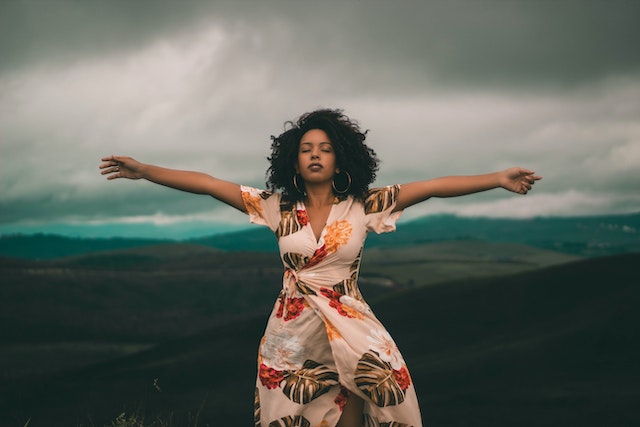Are you passionate about travel photography? Do you long to capture the world’s beauty in your photos but don’t know where to start? If so, you’re in luck. This guide will teach you everything you need to know about becoming a successful travel photographer. By the end of this guide, you’ll be able to take stunning photos that will make your friends and family jealous. Let’s get started!
Choosing the Right Camera
To take amazing travel photos, you must have the right camera. Smartphones are great for taking quick snapshots, but if you want to capture the beauty of your surroundings, you’ll need a DSLR or mirrorless camera. These cameras allow you to adjust the shutter speed, aperture, and ISO, giving you more control over the final image.
When choosing a camera, it’s essential to consider what you’ll be using it for. For example, if you’re planning on doing a lot of low-light photography, you’ll need a camera with good ISO performance. Alternatively, you’ll need a camera with a wide-angle lens if you want to take mostly landscape photos. Once you know what you’ll be using your camera for, you can narrow your choices and find the perfect one for your needs.
Picking the Right Lens
Your camera is only as good as the lens you’re using. To take amazing travel photos, you must have a versatile lens that can handle a variety of situations. A 24-70mm zoom lens is the best option for most people. This type of lens gives you the flexibility to take both wide-angle and close-up photos.
However, if you’re mostly interested in landscape photography, you might want to consider a wide-angle lens. These lenses allow you to capture more of the scene in front of you, making them ideal for photographing sweeping vistas. Whatever lens you choose, ensure it’s compatible with your camera body. When picking a lens, you’ll also want to consider the aperture and focal length.
Choose the Right Settings
No matter how good your camera and lens are, you won’t be able to take amazing travel photos if you don’t know how to use them. The first step is to learn about the different settings on your camera. You should become familiar with the shutter speed, aperture, and ISO. These three settings will give you the most control over your final image.
- The shutter speed is how long your camera’s sensor is exposed to light. A faster shutter speed will result in a shorter exposure, which is great for taking photos of moving objects.
- The aperture is how wide your camera’s lens is open. A wider aperture will result in a shallower depth of field, which is great for portraits.
- The ISO is how sensitive your camera’s sensor is to light. A higher ISO will result in a brighter image, which can also cause noise in your photos.
Once you understand the basics of these three settings, you can start experimenting with different combinations to see what works best. There is no right or wrong way to set your camera. The key is to experiment and find what works best for you.
Outsource Your Editing
Once you’ve taken all your photos, it’s time to edit them. This is where you’ll really be able to bring your vision to life. Editing can be a lengthy and involved process, so it’s often best to outsource it to a professional. With their help, you can ensure your photos look their absolute best.
For example, if you are thinking of how to edit cloudy day photos, you can outsource this to a professional who will be able to edit your photos to perfection. This way, you can spend more time taking photos and less time editing them.
Make Sure You Have Insurance
No matter how careful you are, accidents can happen. That’s why it’s essential to have travel insurance when you’re abroad. If your camera is lost or stolen, you’ll be covered. And if you damage your camera, you can get it repaired or replaced without paying out of pocket.
You can get insurance for your camera gear through your homeowners or renters insurance policy. However, this type of coverage is usually limited. For example, most policies limit how much they’ll pay for electronics. You’ll need to purchase a separate policy if you want comprehensive coverage.
There you go! With these tips, you’ll take amazing travel photos in no time. So get out there and start exploring the world through your lens. You won’t regret it!


